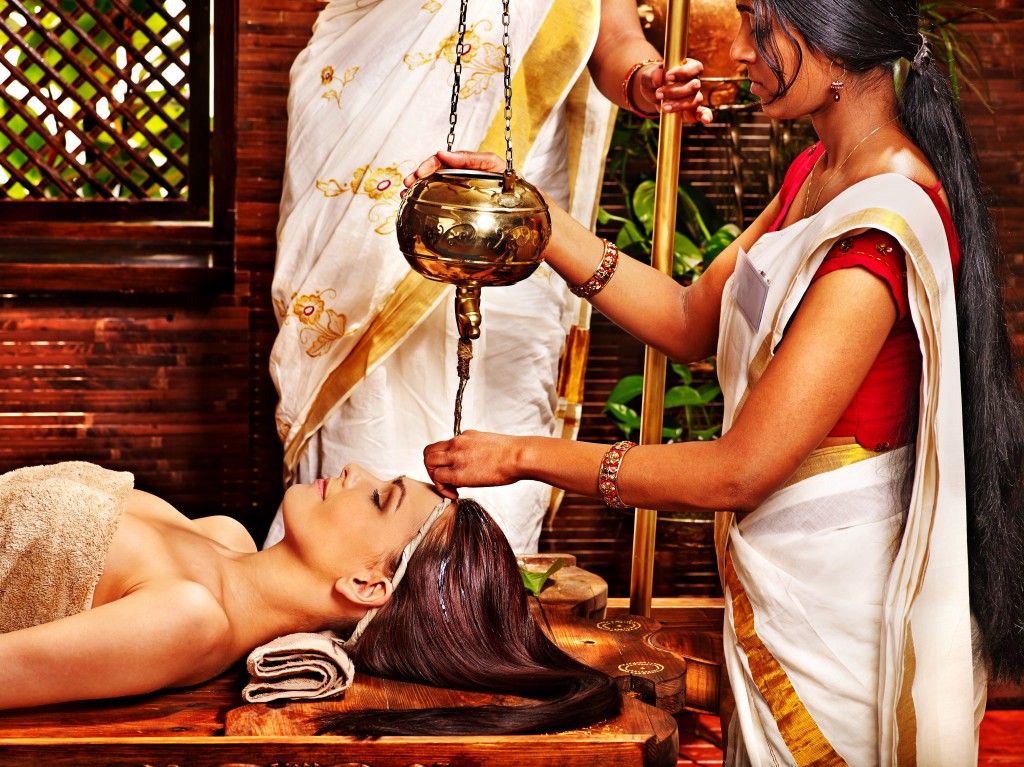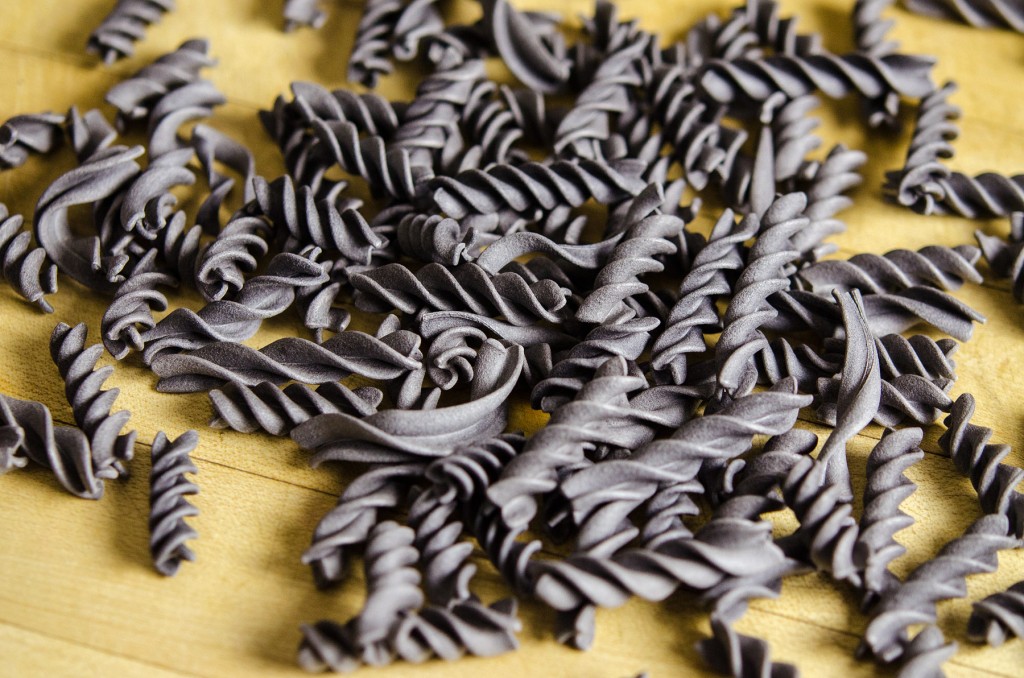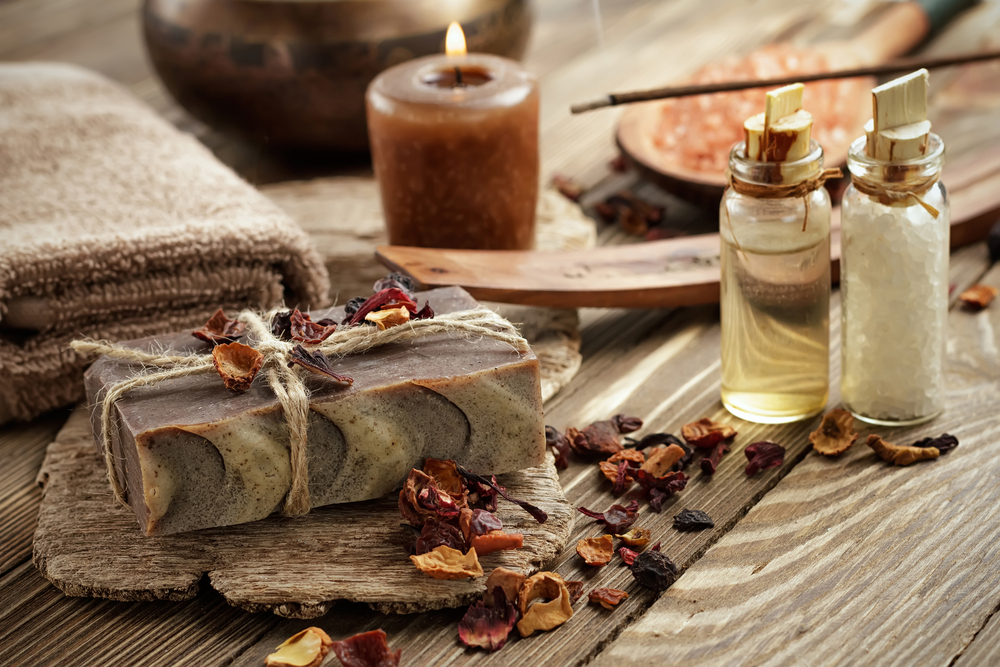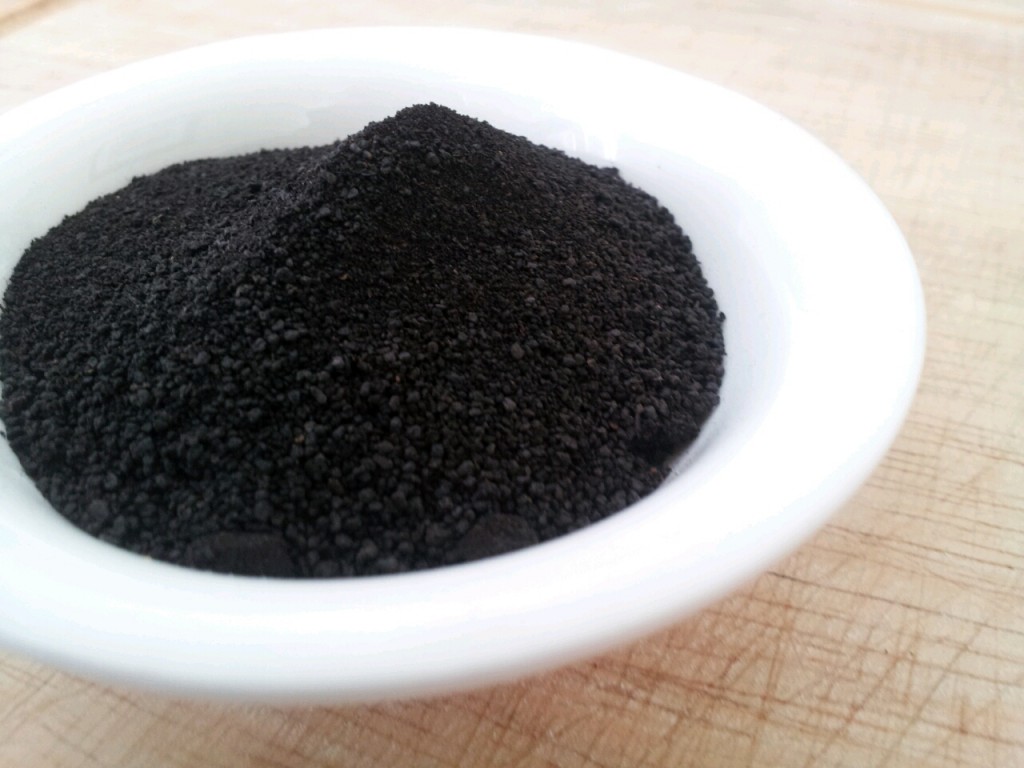Kathryn Herbert on Ancient Healing in the Modern World

July 27, 2015 | Emelyn Daly, YogaFit Media Ayurveda, ‘Life Science,’ and Common Sense Expert Ayurvedic Practitioner and founder of Ayuway of Life Kathryn Herbert has me totally convinced of the value, efficacy, and do-it-yourself easiness of the ancient Holistic healing modality she teaches and practices. Herbert, who is thrilled to share her expertise at YogaFit’s first Ayurvedic Lifestyle […]
Successful Stress Management Techniques

Beth J Shaw author of YOGAFIT Stress Management means basically, learning how to manage stress, by witnessing it, and releasing it. Stress management, is simply, a daily process to let go of tension stored in the body and mind. Without this letting go process, we become candidates for ulcers, heart attacks, migraines and premature aging. All known […]
Salsa Style Blackbean Pasta

June 1, 2015 – Rene MacVay, Food Blogger | Healthy Recipe Variations Since I had to become gluten free I have reduced my pasta intake quite a bit. Pasta used to be a great go to for me, as it was a quick meal to fix and great leftovers to take to work the following day. A […]
Kathryn Herbert on the Miracles of Ayurvedic Healing

Recently, I sat down with Ayurvedic expert Kathryn Herbert to talk herbs, doshas, and real-life miracles. Herbert, who, was diagnosed with AS (Ankylosing Spondylitis), RS (Reiter Syndrome), FM (Fibromyalgia) and IBS (Irritable Bowel Syndrome), is a living example of the downright amazing health benefits of India’s ancient healing practice. She is excited to share her wisdom at YogaLean’s first […]
Shilajit, the Rock-Invincible

Author Kathryn Herbert; Ayu Ct P, RYT 250 with Dr Sachin Kotalganor; MD (India) Ayu Physician DPU, IAA Secretary SHILAJIT, or Silajatu as it translates from Sanskrit to mean “rock invincible”, is Mineral Pitch collected from the mountainous ores found in the Himalayan region and is known also as Moomie (Russian). The ancient science of […]
